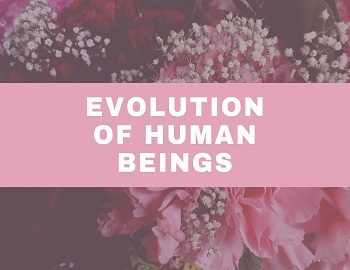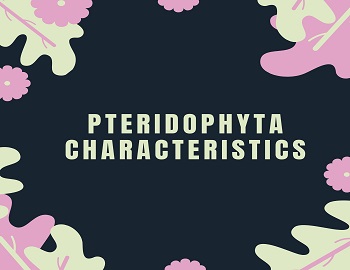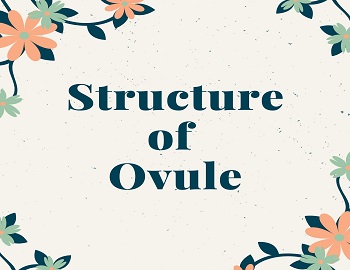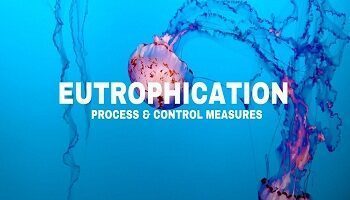Evolution of Human Beings:
Like any other present-day mammals, such as horse, elephant and camel, the modern man (Homo Sapiens) too, evolved from animals simpler than himself. About 100 years ago, a biologist from England, Charles Darwin suggested something quite shocking to the world. In 1871, Darwin published a book entitled “Descent of Man“, in which he made the statement that man, monkeys and apes have a common ancestor. This statement initially aroused most bitter criticism, caused great mockery of Darwin by cartoonists of that time and initiated widespread protests by religious fundamentalists, scholars, philosophers, teachers and persons of other walks of life. However, over these 100 years, Darwin’s ideas have prevailed and proved correct.
To reconstruct the evolutionary history of man or any organism or group of organisms, we have rather three different approaches at our command. These might be called historical, the comparative and the analytic methods. The historical method is the only one that gives us direct evidence in the form of fossil remains from the past. The age of a fossil can be determined with accuracy by certain modern dating methods, such as radioactive dating methods, example- lead-uranium method, carbon-nitrogen method and potassium-argon method. The trouble is that the fossil record is very incomplete and is dependent on the accidents of preservation, and it mostly represents one aspect of life, the anatomical. We must put flesh on the bones and try to deduce the way of life (or habits) of the fossil. With man, we have tools, as well as, bones, skeletons and teeth that have been dug up from the ground. A tool can be considered a fossil record of human habits. Still, the record is fragmentary, for the wooden instruments, the skins, the fibres that were surely used by man rarely been preserved.
Deduction from the comparative study are hazardous, but nevertheless interesting and instructive. A wide variety of animal types has survived into the modern world, some of them apparently with little change from very ancient times. By comparing several existing forms, we can make a deduction about their common ancestors and reconstruct their possible history. We must always remember, however, that no living form is directly ancestral to any other living form. Living apes are not the ancestors of a living man, but by comparing monkeys, apes and man, we can get some insight into their possible evolutionary histories.
The analytic method is most hazardous of all. By studying man as we see him now, with vestigial parts left over from his past, with a trace of long useless behaviour, with a development pattern from embryo to adult, we can venture guesses as to how he got the way he is.
Course of Human Evolution:
In the early days of mammalian evolution, 60 million years ago one bloodline (i.e., arboreal insectivorous shrew) specialized for life in the trees. The primates were the result, producing two suborders: the primitive prosimians (lemurs and tarsiers) and the anthropoids (monkeys, apes and man). The latter suborder splitted from the former during the next 10 to 20 million years ago. After another 20 million years or so, the apes had specialised from the old world monkeys and produced several families. The family of humans (Hominidae) probably evolved as a separate entity about 20 million years ago, when it diverged from its closet relative, the family of chimpanzees, gorillas and orangutan (Pongidae).
The cradle of human evolution is East Africa, where the oldest member of the hominid family, Kenyapithecus wickeri, dated at 14 million years, has been unearthed in 1948. (A fossil similar to Kenyapithecus but older than it, has been excavated from the Shivalik Hills in India and is called Ramapithecus). By 3 million years ago, several ape lines had evolved. One line, which includes the genus Australopithecus, appears to consist of our cousins if not our direct ancestors. These apes frequently walked erect, fashioned stone tools and used fire.
The earliest fossil identified and placed into the same genus as modern man is a recently discovered skull of Homo Habilis from East Africa dated 2.8 million years old. Evolving from this species or a relative over the next million years is the well-known ape-man, Homo erectus (Java Man and Peking man). This species spread throughout Europe and the old world. Most anthropologists believed that a population of Homo erectus gave rise to modern humans. Homo sapiens, within the past 500,000 to 750,000 years. Homo sapiens has continued to change structurally (Neanderthal —> Cromagnon —> Recent) until the last 30,000 years when major changes have stopped. However, it is during the past 500 years that revolutionary cultural shifts have occurred in the behaviour of the human species.









Comments (No)